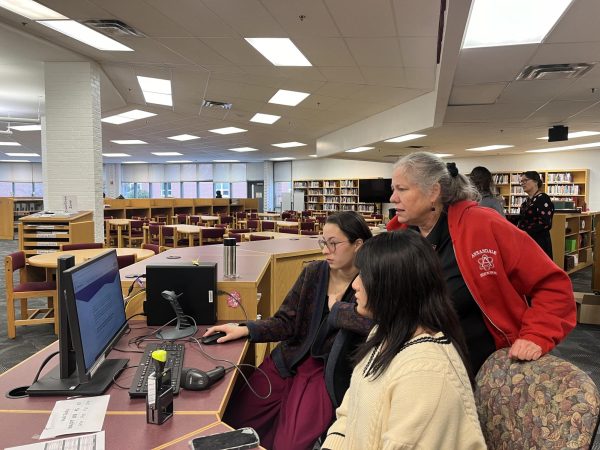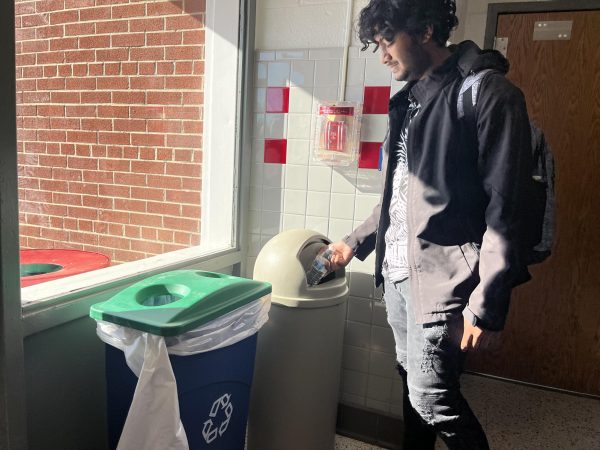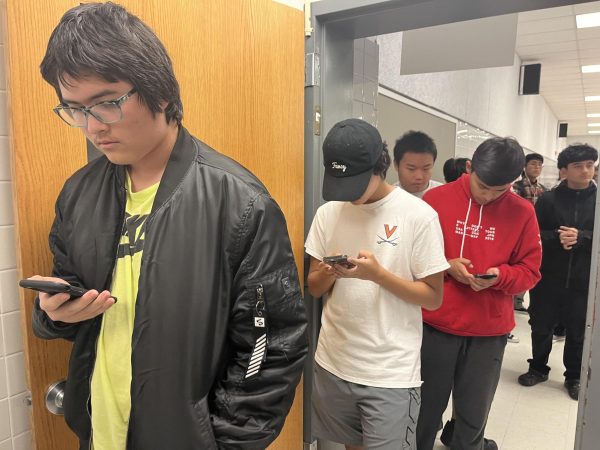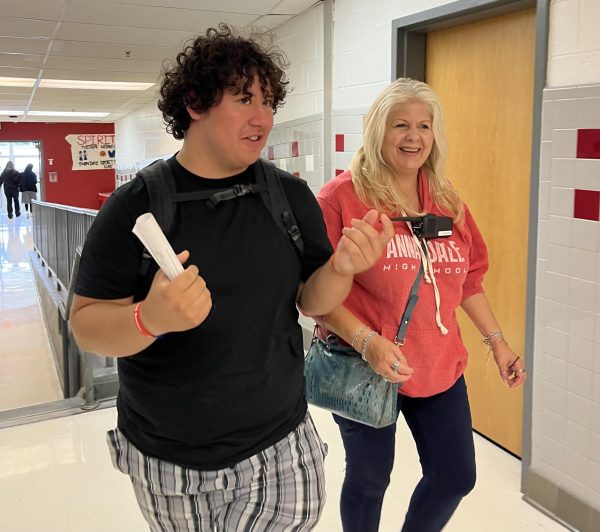Students should not have to take both finals and SOL’s
As the end of the year rolls around, students begin to feel the pressure of final exams.
On top of this, students also have SOLs in some of their classes.
Although some teachers offer extra credit based on SOL scores, many students find taking both tests to be ridiculous.
“We shouldn’t have to take both,” junior Emma Marigliano said. “It’s the same thing as taking two finals to prove that we know the information we learned in class.”
SOLs, which stands for Standards of Learning, have been part of Virginia’s curriculum since 1998.
However, many people have begun to question the importance of the standardized tests.
In fact, the Virginia Superintendent of Public Instruction, Steven Staples, announced in December that they will be reducing the number of SOLs that students have to take.
Students now only need to have five verified credits rather than six, and verified credits in History and English have been changed to performance based assessments.
Many are appreciative of these changes, noting the pointlessness of taking final exams as well as SOLs.
“I think sometimes it’s unfortunate, kind of redundant, but as long as we have to deal with state requirements, we can’t avoid it,” History teacher Stratton Shartel said.
He teaches US/VA and IB HOA, where students take finals as well as an SOL, so he knows firsthand the stress it can cause.
A solution is neccesary for both students and teachers.
The Virginia Department of Education believes they have resolved this issue with their new “Profile of a Virginia Graduate”.
Their new system possesses the skills and knowledge they believe students need to meet “The Five C’s”: critical thinking, creative thinking, communication, collaboration, and citizenship.
The Virginia Department of Education is on the right path with their new system.
Eliminating the unnecessary, repetitive nature of the SOL is the right way to go.
Students do not need to be tested twice in a class.
Especially considering the limits the SOL puts on teachers, requiring them to shape their teaching around what the state requires.
Eliminating the SOL allows teachers to slow down the pace of their class so they don’t have to cram all their teaching to fit it before the SOLs.
It also allows they to pick out knowledge they believe is important for students to learn, rather than listen to the DOE leaders, who can be out of touch with what students need to know and how they need to learn.

Senior Luke Elkins is in his 3rd year in the A-Blast. He has previously been a staff writer and sports editor. He plays varsity soccer and plays...











